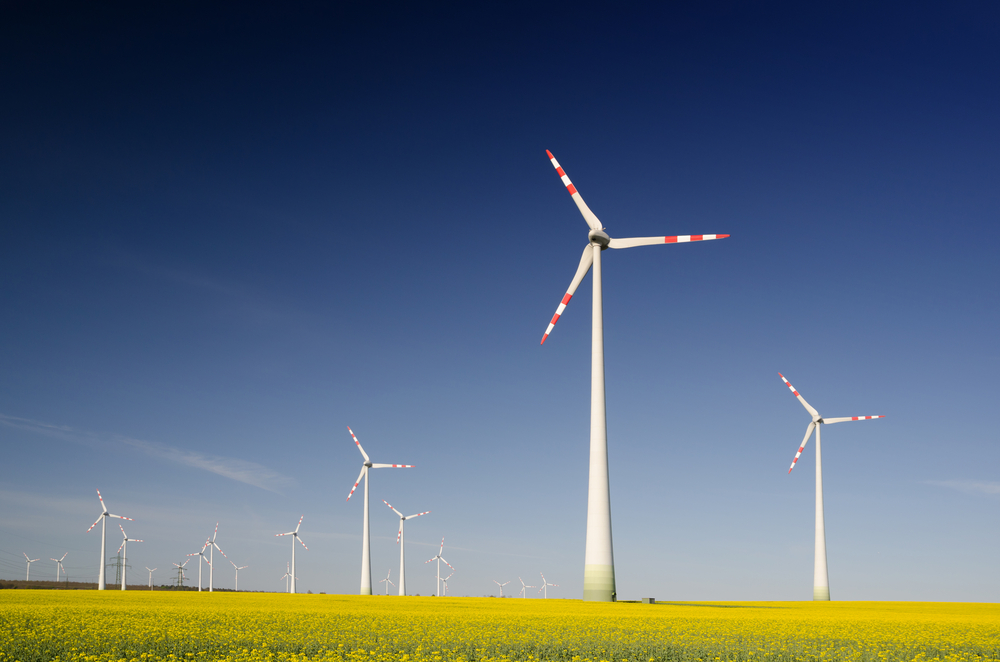In this post I thought I would consider sustainable development and the operation of a model to describe how its components fit together. As many of you will probably be aware the ‘stock’ definition of sustainable development is as follows
‘Sustainable development is development that meets the need of the present without compromising the ability of future generations to meet their own needs’.
This is a definition that was developed by Gro Harlem Brundtland in 1987 in the publication ‘Our Common Future’, and although 1987 is a fair way back, it still holds true today. Essentially this definition looks at ‘needs’ as consisting of three factors that need to be balanced both now and in the future, these are social, environmental and economic. For example, we can’t have a very strong economy without considering living standards of people and causing widespread environmental destruction. At some point in the future we would not be able to proceed hence it is not sustainable.
So then as you are probably realising to try and understand sustainable development and how it works involves some thought and a more detailed framework is needed. Researchers have therefore developed more complex models of sustainable development showing how social, environmental and economic issues can interlink to determine whether an entity is sustainable or not – an example being the five capitals model.
The five capitals model has been developed by an organisation known as the Forum for the Future founded by UK environmental guru Jonathan Porritt. There are numerous challenges for a business when try to understand sustainable development so having a system to apply certainly make life much easier. The basis of this model is ‘capitals’ these are elements that are needed for a business to be able to deliver its products and/or services. Each of these capitals must be increased for a business to be successful and profitable. Let’s look now at each capital and see if I can help you understand more about it.
Our first one is natural capital. This is very much the environment part of sustainable development, as you could probably guess by its name! So, for this one we are considering the natural resources that are needed by an organisation including items such as timber, fish, water and fossil fuels in addition to natural processes that make pollutants and wastes safe such as natural cycles. Organisations must therefore operate within the limits of enhancement or regeneration of the natural environment and not cause its depletion.
Human capital is very much a social issue. It covers many people based issues such as health, knowledge and skill. Without a suitable educated and trained workforce, for example, it will be impossible for some organisations to operate. Damaging human capital by poor work standards has many determinantal impacts on the ability of an organisation to create wealth. Looking after your employees is definitely part of being a sustainable business.
Closely linked to the concept of human capital is that of Social Capital. I am sure that you have heard the old adage two heads are better than one! Well in practice this one is saying that many heads (or brains!) are better than one. If a business provides mechanisms that allow human relationships to develop, such as networks and channels of communication, then this will result in significant benefits. Such benefits include development of common values and trust allowing the organisations staff to work more effectively.
Our next capital is manufactured capital. Up until this capital it is pointless as an organisation if we have a raw material from nature, a well-trained and healthy workforce and structures in place to communicate if we do not have quality goods and infrastructure needed to turn raw materials into a product. In this sense then manufactured capital includes items such as buildings, transport networks, tools, machines and computers. This capital should be flexible, innovative and be used to decrease resource usage and increase efficiency.
Finally, we have financial capital. This is a capital that covers assets in the form of currency, so basically money! It can cover shares, bonds, notes and coins. So basically, if our business is not making money, even if the other capitals are being well managed, then it is not sustainable. If we consider this further it can cover many issues such as fair distribution of wealth, creating wealth in local communities within which a business operates and considering the other capitals when determining the financial position of the organisation.
The five capitals model then considers the following capitals – natural, human, social, manufactured and financial. The aim is then to ensure that all these capitals are well managed such that they improve over time. It is certainly not the only model for sustainable development – there are many (too many some would say)! But I think it provides a clear framework that can be followed by an organisation, country or other entity and can be the basis of an effective sustainable development strategy.
Further Reading
http://www.un-documents.net/our-common-future.pdf
https://www.forumforthefuture.org/project/five-capitals/overview
–
John Binns BSc (Hons), MSc, MSc, MISEP (formerly IEMA)
With over 19 years’ experience working in environment management, John Binns BSc (Hons) MSc MISEP (formerly IEMA) is an experienced environmental tutor and consultant with knowledge of health and safety management.
